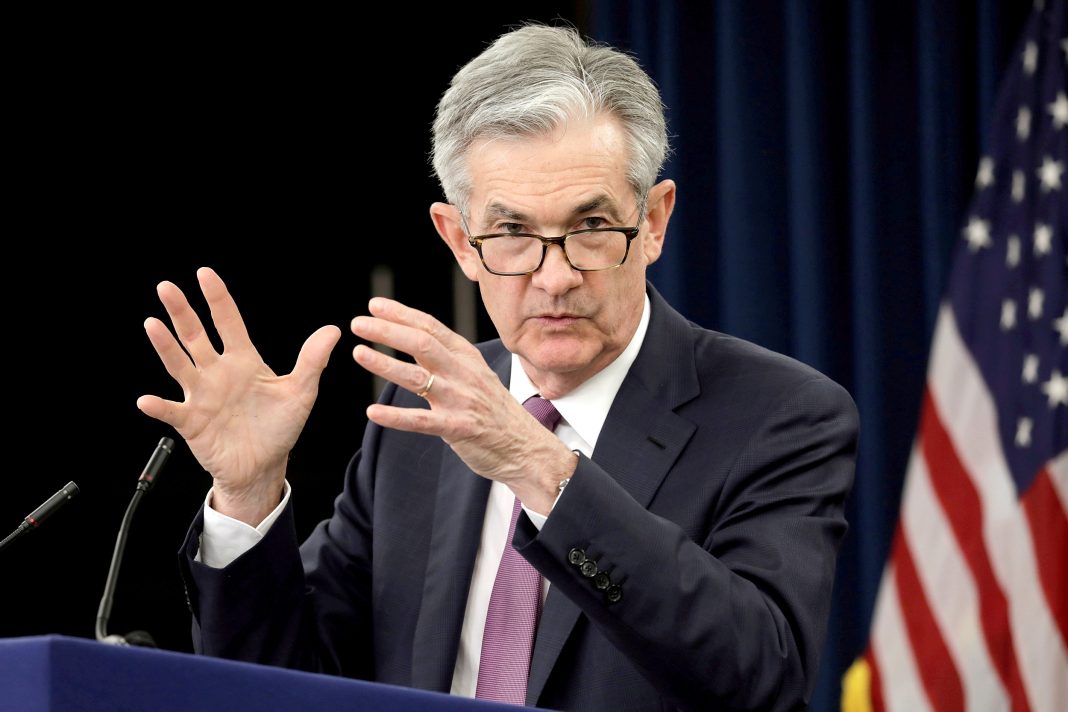On Wednesday, May 4, the Federal Reserve announced another target interest rate hike intending to quell inflation wreaking havoc American economy. The Fed’s target rate range jumps from 0.75% to 1.0%, up 50 basis points, and consumers can expect that the cost of borrowing on many variable rate lending products and new credit applications will increase similarly.
It’s the second rate hike this year. In the March 16 Fed announcement, the target rate rose from 0% to 0.25% by 25 basis points, breaking from the lowest possible target rate without entering negative territory. While only a quarter-percentage point, the move by the Fed signaled action to combat rising inflation that’s making everyday purchases less affordable nationally.
By raising the target rate by another half-percentage point, the Fed breaks a 22-year practice of moving in increments of 25 basis points. That act along indicates how severe inflation has been affecting the economy.
At the press conference, chair of the Federal Reserve, Jerome Powell, said, “Inflation is much too high and we understand the hardship it’s causing, and we’re moving expeditiously to bring it back down. We have both the tools that we need and the resolve it will take to restore price stability on behalf of American families and citizens. It is essential that we bring inflation down if we are to have a sustained period of solid labor market conditions that benefit all.”
“[The FOMC] anticipates that ongoing increases in the target rate for the federal funds rate will be appropriate. In addition, we are beginning the process of significantly reducing the size of our balance sheet.”
Higher wages, constricted supply, and economic pressure from the Ukraine-Russia conflict are a few of the factors mentioned by Powell.
The annual inflation rate reported in April 2022 rose to 8.5%, jumping 0.6% from the previous month and reaching its highest since 1981. May 2022’s figures are to be released next week Wednesday.
Expect another significant increase next month
The effects of rate hikes will be felt on Americans with budgets already stretched thin due to inflation. But it doesn’t appear there will be any relief as the Fed pushes to get spending under control, and future rate hikes are all but inevitable.
Bill Adams is chief economist at Comerica Bank. He says, “I expect the Fed to signal another half-percentage-point hike is likely at their next decision in June, and that additional hikes — probably no specifics on the number or magnitude — are coming in the second half of the year.”
And behind the June announcement will be even more hikes.
Respondents to the May CNBC Fed Survey – strategies, economists, fund managers, and the like – are forecasting increases through the end of the year, raising the target interest rate to 2.25%. According to most respondents, it could climb to more than 3.0% by August next year.
Fed sell-off possible
Over the next 29 months, the Fed expects to run $2.7 trillion off its balance sheet, which stands at about $9 trillion. But to push back against inflation, the Fed might not just run off securities holdings on the balance sheet but eventually sell assets to shrink the balance sheet faster.
With monetary policy tightening rapidly, many economists predict that the US will slide into a recession. Generally, they expect that a recession could be triggered in August 2023, when they expect interest rates to peak.
Did you enjoy this article from Jason Unrau? Read other articles on CBT News here. Please share your thoughts, comments, or questions regarding this topic by submitting a letter to the editor here, or connect with us at newsroom@cbtnews.com.
Be sure to follow us on Facebook and Twitter to stay up to date or catch up on all of our podcasts on demand.
While you’re here, don’t forget to subscribe to our email newsletter for all the latest auto industry news from CBT News.










